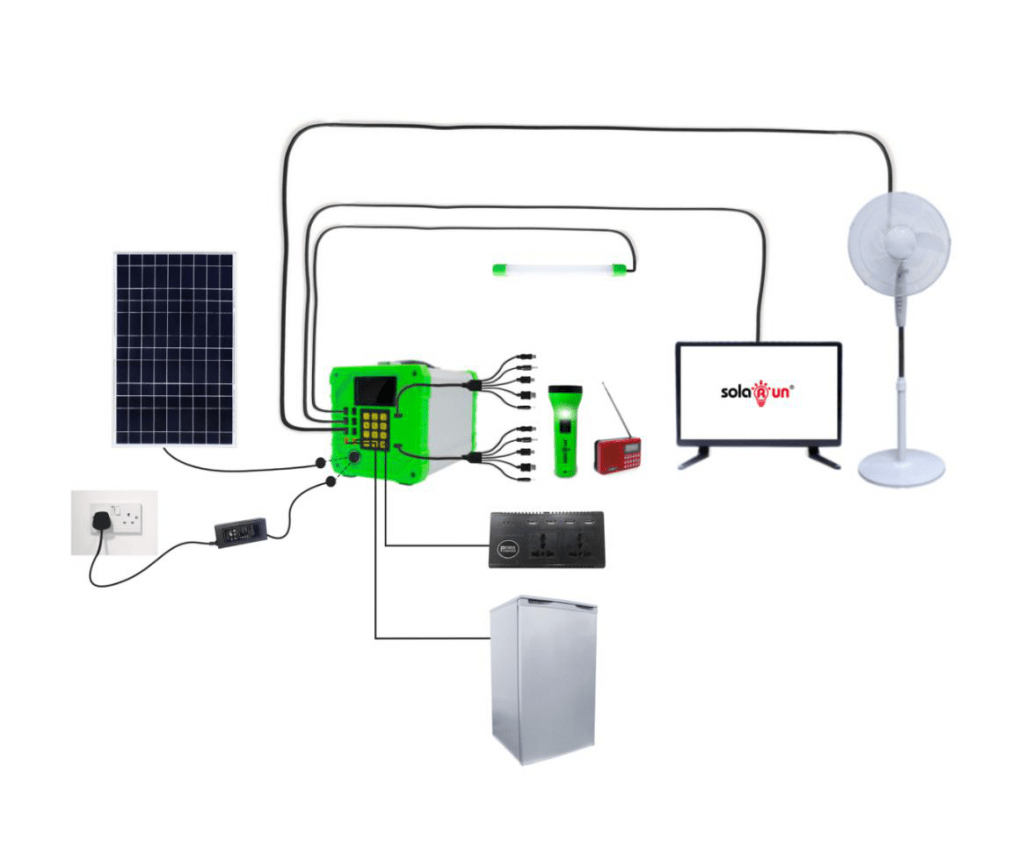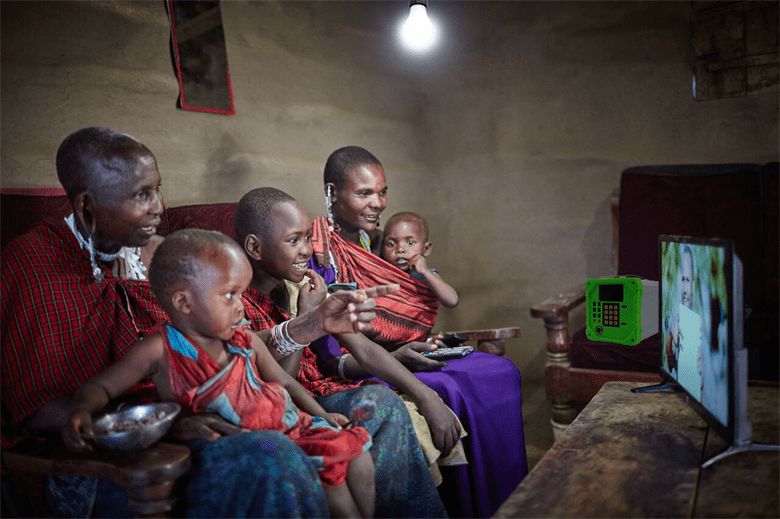1. Introduction
There are two kinds of electricity, DC and AC. Homes that are connected to utility power use AC electricity. Flashlights, small radios and automobiles use DC electricity. In order for you can use solar to operate the appliances, an inverter will convert PV power from DC to AC.
Inverters can be further classified as units that use batteries (UPS) and those that use the utility grid as power storage (Grid-tied). Inverters are now required to possess meters that will indicate their performance and some manufacturers supply remote display units that can be mounted inside the home. It is important to check on your inverter regularly to become acquainted with its operation and performance.
Virtually, today all household appliances and other major electrical fixtures and equipment can be run by an inverter. In the event of a power shutdown, an inverter is extremely useful as an emergency backup power unit, and if optimally charged, you will still be able to use your computer, TV, lights, power tools, kitchen appliances and other electrical conveniences. Of course, this will also depend on the type of inverter used, specifically, the one designed or recommended for powering a combination of high energy-consuming appliances, fixtures and equipment.
The inverter may be built as standalone equipment for applications such as solar power, or to work as a backup power supply from batteries which are charged separately. The other configuration is when it is a part of a bigger circuit such as a power supply unit, or a UPS. In this case, the inverter input DC is from the rectified mains AC in the PSU, while from either the rectified AC in the UPS when there is power, and from the batteries whenever there is a power failure.
2. Applications
Inverters are used for a variety of applications that range from small car adapters to household or office applications, and large grid systems.
- Uninterruptible power supplies
- As standalone inverters
- In solar power systems
- As a building block of a switched-mode power supply
3. How does the AC inverter work with the Solar Run product?
After the discussion with lots of customers and marketing surveys, we found that many clients, no matter in urban or rural areas, have the demand for both AC and DC electricity due to their need to charge laptops and use their existing AC powered appliances like TV and fan. Meanwhile, they also want to use a DC solar home system for lighting to save more living expenses.
Based on this reason, Solar Run Energy has designed the Mbox solar home system with an external AC inverter optional as the solution. Through this way, diesel generators could be absolutely replaced by clean energy and people no longer need to bear the high cost, noisy and polluted machine. Also, the big capacity Mbox could power the appliances for more than one day, therefore, people could still enjoy their family time even when the rainy day comes.
-Can light up to 8 lamps together for a family that has more rooms
-Users can enjoy HD TV and fan together for a very long time
-Entertainment activities via FM&AM Radio with MP3 player
-Outdoor lighting via 2 lighting points rechargeable solar torch
-Extendable battery capacity meet more market demand
-Able to power more home appliances like a fridge or charge laptops
–Pay-as-you-go function makes colorful life affordable


